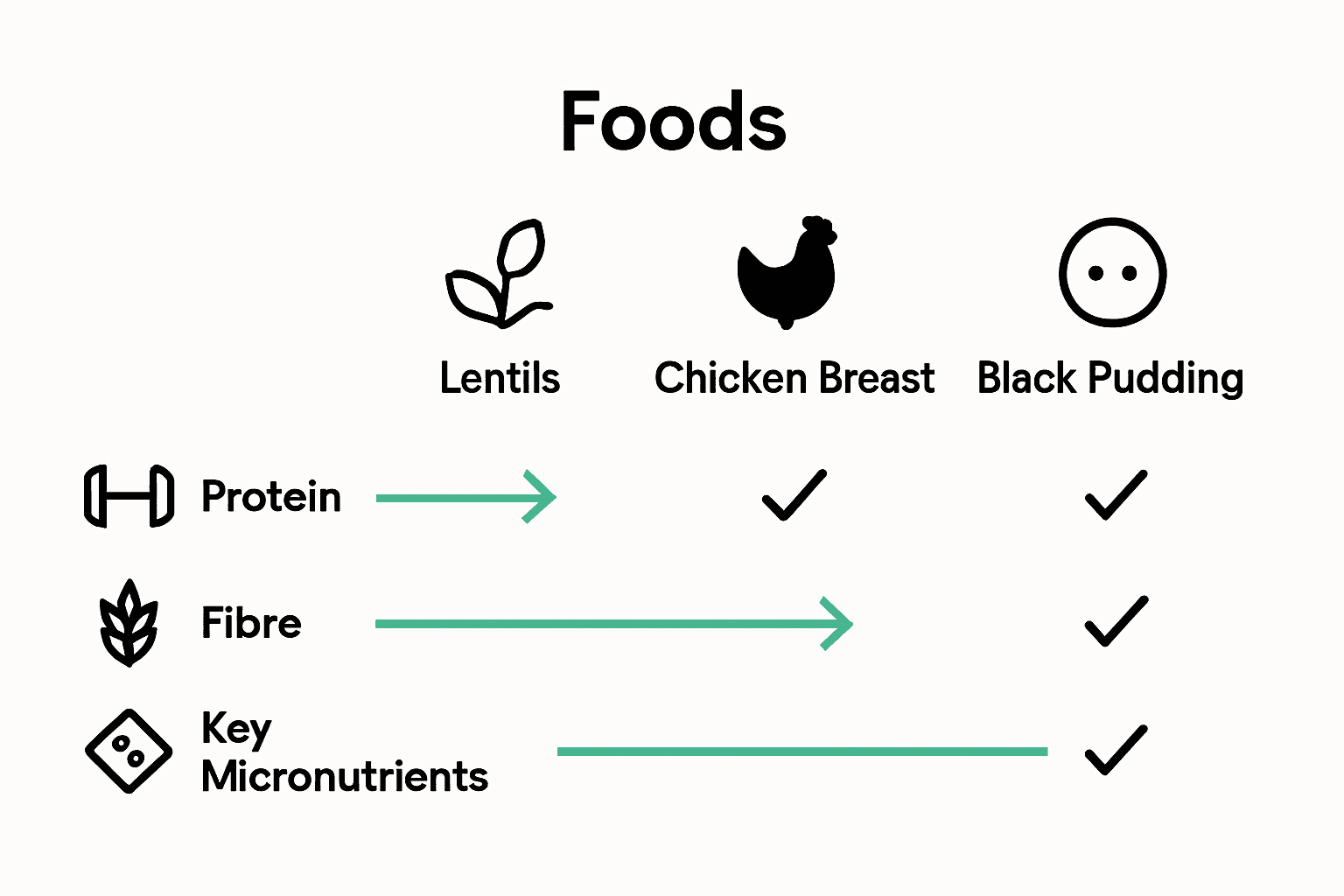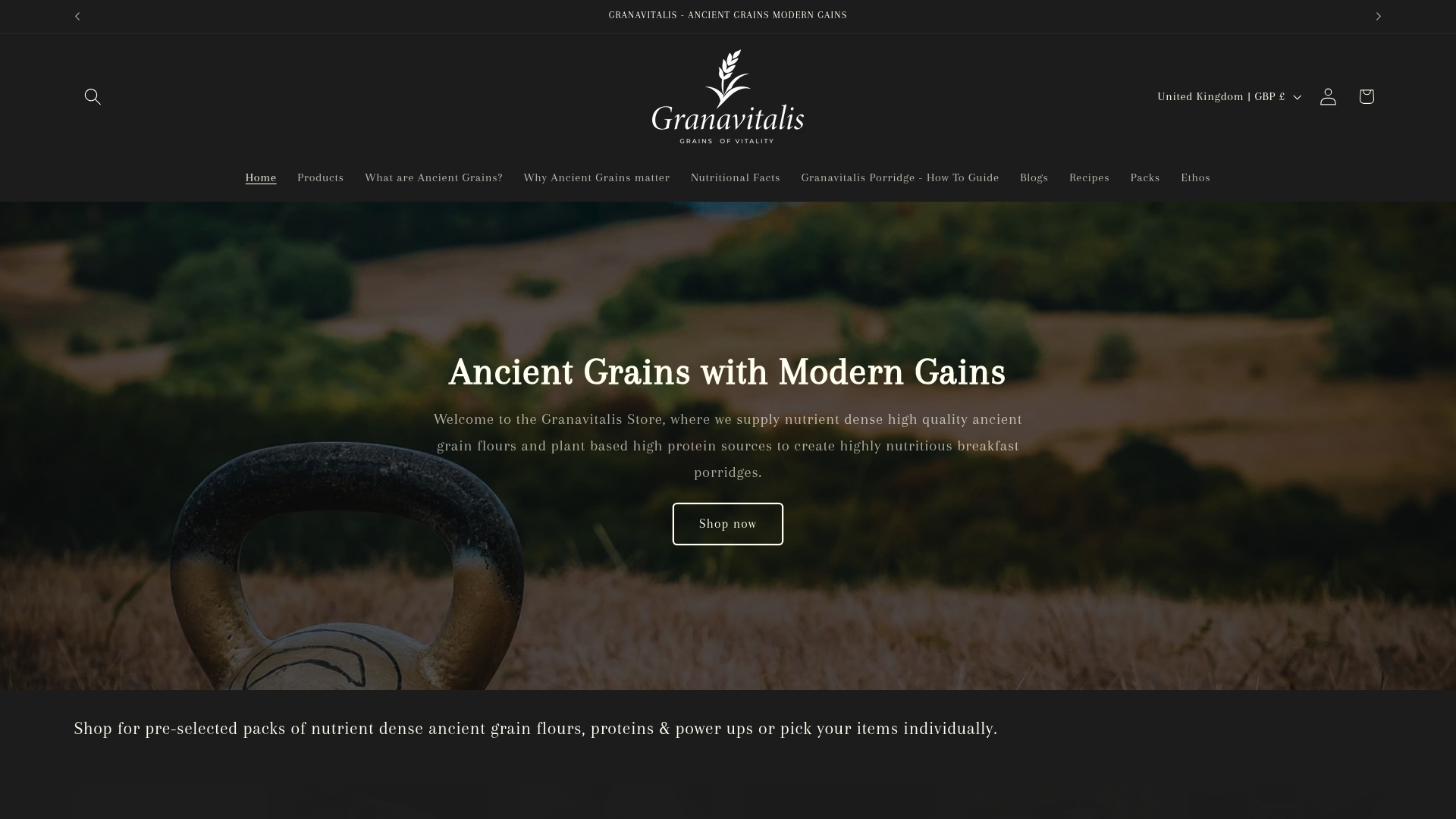
Complete Guide to the Most Nutrient Dense Foods
Share
Did you know that more than half of UK adults still focus on calories rather than nutrients when choosing what to eat? Choosing nutrient-dense foods can have a bigger impact on your health than simply lowering your calorie intake. Shifting your attention to foods rich in vitamins, minerals, and fibre helps build a strong foundation for wellness, giving your meals more value without extra effort.
Key Takeaways
| Point | Details |
|---|---|
| Nutrient Density Importance | Focus on nutrient density shifts dietary perspectives from calorie counting to nutrient impact, promoting healthier food choices. |
| Nutrient Rich Foods Index | The NRF index quantifies food quality by assessing beneficial nutrients against harmful components, guiding better nutrition decisions. |
| Categories of Nutrient-Dense Foods | Incorporate diverse plant-based and animal-based nutrient-dense foods to maximize nutritional intake and support overall health. |
| Meal Enhancement Strategies | Simple modifications like whole grain swaps and increasing protein sources can significantly boost nutrient density in meals. |
Table of Contents
- Defining Nutrient Density And Common Misconceptions
- Categories Of Nutrient Dense Foods Explained
- Key Nutrients Found In Dense Foods
- Ancient Grains And Plant Proteins For Health
- How To Add Nutrient Dense Foods To Meals
Defining Nutrient Density and Common Misconceptions
Nutrient density represents something far more profound than simply counting calories or tracking macronutrients. Nutrient density is a critical nutritional concept that measures the concentration of essential nutrients per calorie consumed, providing a nuanced view of food’s true value beyond its energy content.
According to the European Food Information Council, nutrient density encompasses the amount of vitamins, minerals, protein, fibre, and other beneficial nutrients provided while simultaneously being low in potentially harmful components like saturated fat, added sugars, and sodium. This approach transforms how we understand food quality, shifting focus from mere caloric intake to nutritional impact.
The Nutrient Rich Foods (NRF) index offers a sophisticated method for quantifying nutrient density. Research from Cambridge University demonstrates that this scoring system evaluates foods based on their nutrient content per 100 kilocalories, strategically weighing qualifying nutrients such as:
- Protein
- Dietary fibre
- Essential vitamins
- Key minerals
Simultaneously, the index penalises foods with high levels of disqualifying nutrients like saturated fat, added sugar, and sodium. This approach provides a comprehensive framework for understanding food’s true nutritional potential, enabling individuals to make more informed dietary choices that support long-term health and wellness.
Common misconceptions about nutrient density often revolve around conflating calorie count with nutritional value. Many people mistakenly believe that low-calorie foods are automatically healthy, or conversely, that calorie-dense foods are inherently bad. The reality is far more nuanced. A small serving of nutrient-dense food can provide significantly more health benefits than larger portions of empty-calorie alternatives.
Categories of Nutrient Dense Foods Explained
Understanding nutrient-dense food categories is fundamental to building a balanced and health-supportive diet. According to the European Food Information Council, these categories include a diverse range of whole foods that provide maximum nutritional benefit with minimal caloric investment.
Plant-Based Powerhouses dominate the nutrient-dense landscape. Our guide on plant-based protein sources highlights key categories like vegetables, fruits, whole grains, legumes, and nuts. These foods offer an impressive array of micronutrients, with everyday UK-accessible options including:
- Leafy greens (spinach, kale)
- Lentils and peas
- Black beans and tofu
- Artichoke hearts
- Brazil nuts
- Potatoes
Animal-based nutrient-dense foods complement plant sources, providing concentrated nutrition. The recommended categories include seafood, eggs, and lean meats prepared with minimal added saturated fat, sugar, or salt. These proteins bring essential amino acids, vitamins, and minerals that support muscle health, immune function, and overall metabolic processes.
Interestingly, some unexpected foods like popcorn can also contribute significant nutritional value. The key is selecting whole, minimally processed options that retain their natural nutrient profile, avoiding over-refined or artificially enhanced products. By diversifying your diet across these nutrient-dense categories, you create a robust nutritional foundation that supports long-term health and wellness.

Here’s a comparison of common plant-based and animal-based nutrient-dense foods in the UK:

| Food Category | Example Foods | Key Nutrients |
|---|---|---|
| Plant-Based | Spinach Lentils Brazil nuts |
Fibre Folate Magnesium |
| Animal-Based | Salmon Eggs Lean chicken |
Protein Vitamin B12 Iodine |
| Unexpected Finds | Popcorn Potatoes Artichoke |
Fibre Potassium Antioxidants |
Key Nutrients Found in Dense Foods
Nutrient-dense foods are treasure troves of essential micronutrients that support optimal health and wellness. According to the European Food Information Council, these foods are particularly rich in nutrients that are often under-consumed in typical diets, including critical components that play vital roles in our body’s functioning.
The nutritional profile of dense foods encompasses a remarkable range of key nutrients. Our guide to foods high in fiber and protein highlights the importance of specific nutrient groups. The most crucial nutrients found in these foods include:
-
Macronutrients
- Protein for muscle repair and growth
- Unsaturated fats for cellular health
- Complex carbohydrates and dietary fibre
-
Micronutrients
- Calcium for bone strength
- Iron for oxygen transportation
- Iodine for thyroid function
- Vitamin D for immune support
- Potassium for heart health
- Folate for cellular metabolism
Leafy greens emerge as nutritional superstars, offering an impressive array of vitamins and minerals. As reported in The Guardian, these foods provide vitamins C, E, and K, alongside essential minerals and powerful antioxidants like glucosinolates. Moreover, they deliver omega-3 fatty acids and substantial fibre content, making them incredibly efficient nutrition packages.
Understanding these nutrient profiles empowers individuals to make informed dietary choices. By prioritizing foods rich in these key nutrients, you can create meals that not only satisfy hunger but actively contribute to your body’s long-term health and resilience.
Ancient Grains and Plant Proteins for Health
Ancient grains and plant proteins represent a nutritional powerhouse that bridges traditional wisdom with modern dietary needs. Learn more about our approach to ancient grains, which celebrates foods that have sustained human health for thousands of years while offering remarkable nutritional benefits.
Budget-friendly UK staples provide an accessible pathway to nutrient-dense eating. According to research, grains and legumes like oats, brown rice, lentils, chickpeas, and beans are nutritional champions, delivering an impressive profile of essential nutrients:
-
Protein Sources
- Lentils
- Black beans
- Peas
- Edamame
- Tofu
-
Key Nutritional Benefits
- High protein content
- Rich dietary fibre
- Essential minerals (iron, magnesium)
- B-vitamin complex
- Powerful antioxidants
These plant-based options offer more than just nutrition. They represent an environmentally conscious approach to eating, providing high-quality nutrients without relying on expensive or exotic superfoods. The Guardian highlights that these ingredients deliver substantial protein, fibre, and micronutrients, making them ideal for individuals seeking comprehensive nutrition.
By incorporating these ancient grains and plant proteins into your diet, you’re not just nourishing your body—you’re participating in a time-honored tradition of wholesome, sustainable eating that supports both personal health and planetary wellness.
How to Add Nutrient Dense Foods to Meals
Transforming your meals into nutrient-dense powerhouses doesn’t require complicated culinary skills—just strategic, simple swaps. Check out our guide to high protein plant-based diets for additional inspiration on maximising nutritional value with every bite.
According to the Heart Foundation, smart UK-relevant meal modifications can dramatically improve your nutritional intake. These transformative strategies include:
-
Grain Upgrades
- Replace white bread with whole-grain alternatives
- Choose brown rice over refined white rice
- Select whole-wheat pasta instead of standard varieties
-
Protein and Green Enhancements
- Add leafy greens to sandwiches, pizzas, and tacos
- Incorporate diverse protein sources like:
- Eggs
- Fish
- Legumes
- Tofu
A fascinating UK-based personal experiment reported in Marie Claire revealed profound benefits from consistently adding protein and leafy greens to every meal. Participants experienced remarkable improvements in:
- Digestive health
- Energy levels
- Skin quality
- Mental focus
- Workout recovery
The research suggests aiming for 20-30g of protein per meal, emphasising variety and flexibility in your nutritional approach. By making these thoughtful, incremental changes, you can effortlessly elevate the nutrient density of your diet without complicated meal planning or expensive ingredients.
Transform Your Breakfast Into a Nutrient Powerhouse
If you are tired of flavourless cereals and empty-calorie breakfasts, you are not alone. This guide revealed how the most nutrient dense foods can change your health, especially when you want every meal to support energy, focus, and well-being. Many people fall into the trap of high-sugar, low-nutrient choices, missing out on the benefits of ancient grains and complete protein. Imagine starting your day with real nourishment—delicious, wholesome foods rooted in tradition, yet crafted for today’s busy lives.

Discover how easy it can be to upgrade your morning routine. Visit Granavitalis to explore our range of premium ancient grains, high-protein blends, and nutrition power ups. Our thoughtfully selected products are inspired by nature and created for modern living. Fuel your mornings with purpose. Make the switch to a breakfast that champions real well-being. See how our simple, nutritious solutions can help you feel your best—now is the perfect time to take the first bite towards a healthier future. Learn more and shop today at Granavitalis.
Frequently Asked Questions
What is nutrient density and why is it important?
Nutrient density measures the concentration of essential nutrients in food relative to its calorie content. It is important because it helps individuals make informed dietary choices that prioritize health and longevity over mere caloric intake.
What are some examples of nutrient-dense foods?
Examples of nutrient-dense foods include leafy greens (like spinach and kale), legumes (such as lentils and black beans), nuts (like Brazil nuts), and animal-based foods like fish, eggs, and lean meats. These foods provide essential vitamins, minerals, and other nutrients with relatively low calories.
How can I incorporate more nutrient-dense foods into my diet?
You can incorporate more nutrient-dense foods by making simple swaps, such as choosing whole grains over refined grains, adding leafy greens to meals, and incorporating various protein sources like legumes and tofu into your diet.
What nutrients are typically found in nutrient-dense foods?
Nutrient-dense foods are rich in macronutrients such as protein and dietary fiber, as well as micronutrients like calcium, iron, vitamin D, potassium, and folate, all of which play critical roles in maintaining health and wellness.
